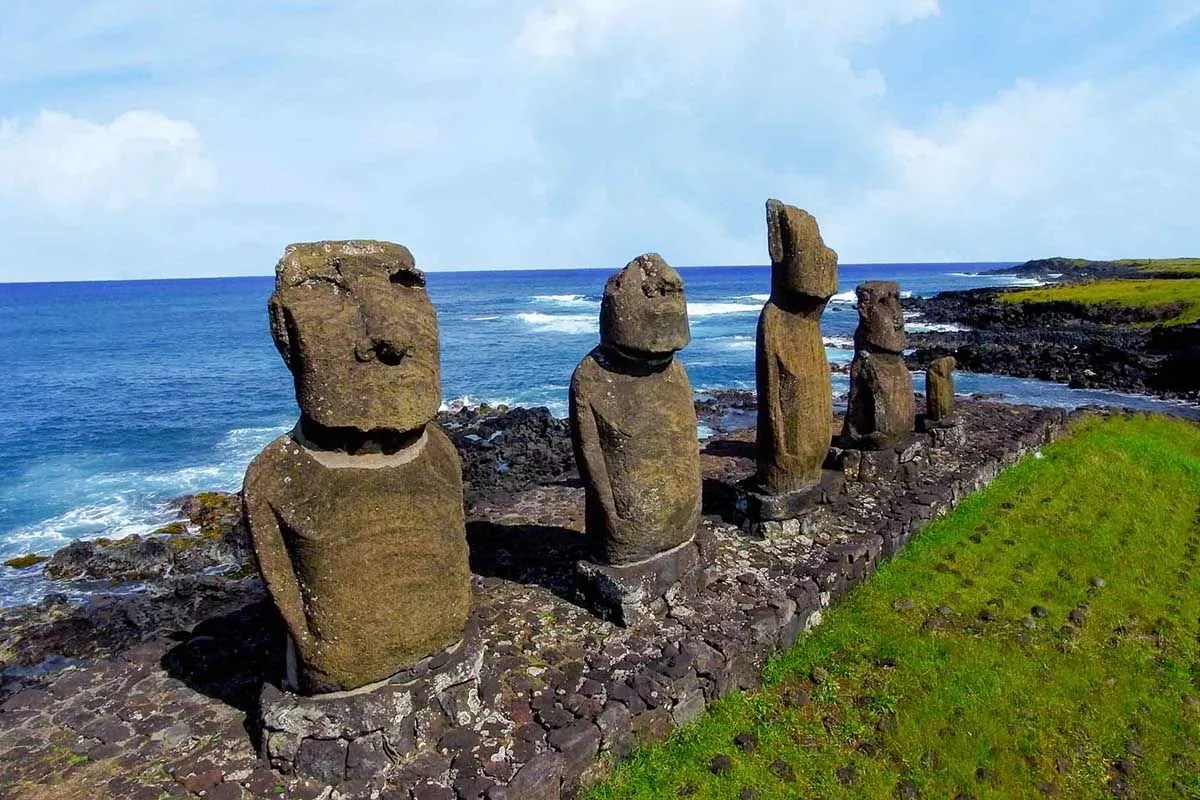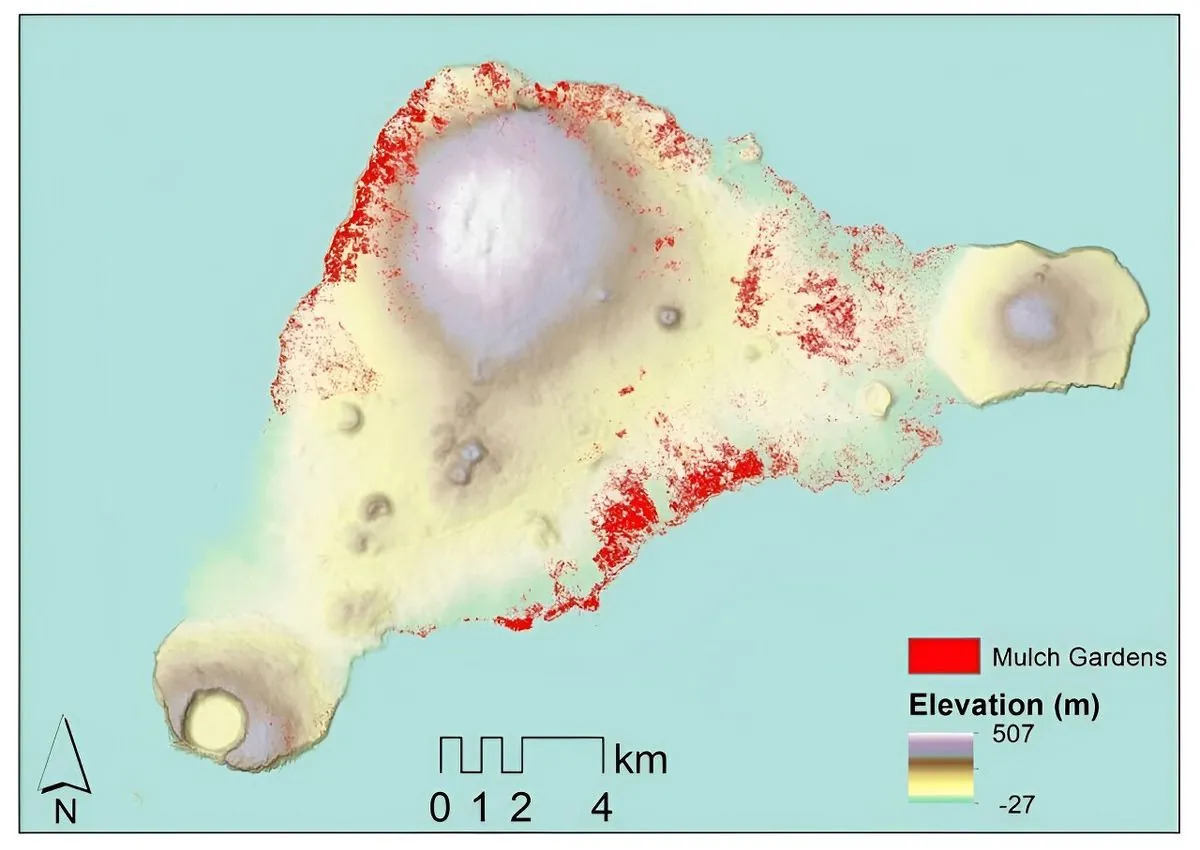New Studies Challenge Easter Island 'Ecocide' Theory, Revealing Sustainable Past
Recent research contradicts the long-held belief of Easter Island's self-inflicted collapse. Genetic analysis and satellite imagery suggest a stable population and sustainable resource management before European contact.

Recent scientific investigations have cast doubt on the widely accepted notion that Easter Island's indigenous population experienced a catastrophic decline due to self-inflicted environmental damage. This revelation challenges the popular "ecocide" theory that has long captivated researchers and the public alike.
Easter Island, also known as Rapa Nui, is renowned for its colossal stone statues called moai. Located approximately 3,700 kilometers (2,300 miles) off the coast of South America, this remote Chilean territory has been the subject of intense scientific scrutiny for decades.
A groundbreaking study published in Nature has provided compelling evidence that contradicts the idea of a pre-European contact population collapse. Researchers analyzed the genomes of 15 Rapa Nui individuals who lived between 1670 and 1950. Barbara Sousa da Mota, the study's author from the University of Lausanne, stated, "Our genetic analysis shows a stably growing population from the 13th century through to European contact. This stability is critical because it directly contradicts the idea of a dramatic pre-contact population collapse."
This genetic research aligns with another study published in Science Advances, which utilized satellite imagery to map rock gardens on the island. Rock gardening, an ancient agricultural technique involving mixing stones into the soil to enhance crop yields, was previously thought to cover 12% of the island's 163.6 square kilometers. However, the new findings reveal that less than 1% of the land was used for this purpose.

These studies challenge the theory popularized by Jared Diamond, a Pulitzer Prize-winning anthropologist and geographer. Diamond had proposed that Easter Island once supported a thriving population of 15,000 people whose mismanagement of resources led to their downfall. He suggested that the Rapa Nui people deforested the island, which was once covered in endemic palms, leading to famine, conflict, and even cannibalism.
However, the new research paints a different picture. It suggests that the population grew steadily from the initial Polynesian settlement around the 10th century to an estimated 4,000 residents when Europeans arrived in 1722. This indicates that the Rapa Nui people may have managed their limited resources more sustainably than previously believed.
Dylan Davis, an environmental archaeologist at Columbia University and co-author of the Science Advances study, emphasized the importance of accurate historical narratives: "When we label an entire culture as an example of bad choices, or as a cautionary tale of what not to do, we had better be right, otherwise we feed stereotypes. In this case, the Rapa Nui managed to survive in one of the most remote places on Earth and did so fairly sustainably until European contact. This suggests we can learn something from them about how to manage limited resources."
It's worth noting that Easter Island's history is rich with fascinating details. The island was annexed by Chile in 1888 and is now a special territory. The Rapa Nui National Park, covering about 40% of the island, was declared a UNESCO World Heritage Site in 1995. The island's ecosystem once boasted forests, including the now-extinct Rapa Nui palm, and is home to three extinct volcanoes: Terevaka, Poike, and Rano Kau.
"Our genetic analysis shows a stably growing population from the 13th century through to European contact. This stability is critical because it directly contradicts the idea of a dramatic pre-contact population collapse."
These new findings not only reshape our understanding of Easter Island's past but also highlight the resilience and ingenuity of the Rapa Nui people. Their ability to sustain a growing population on a remote island with limited resources offers valuable lessons for modern sustainability efforts.


































